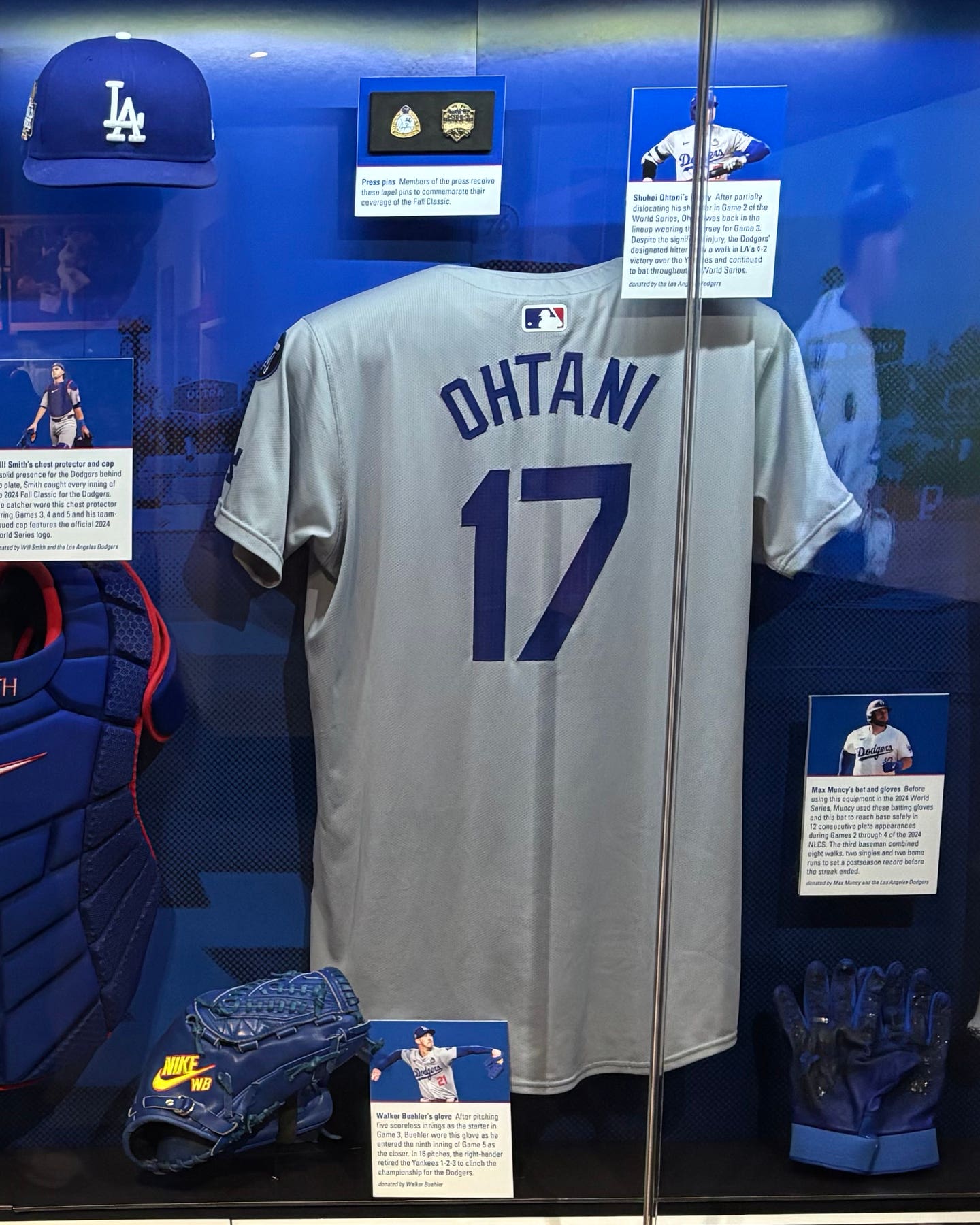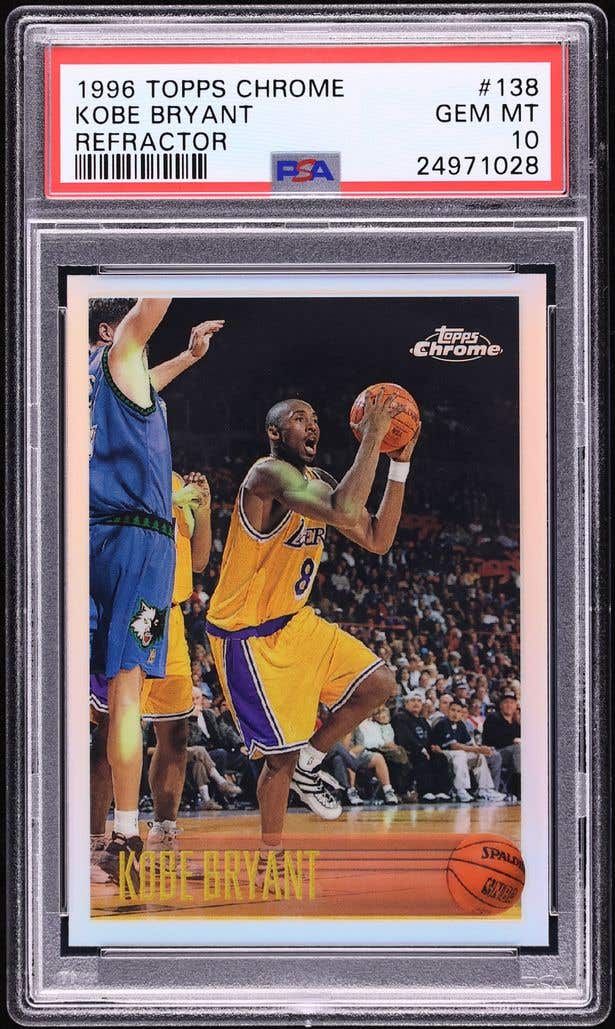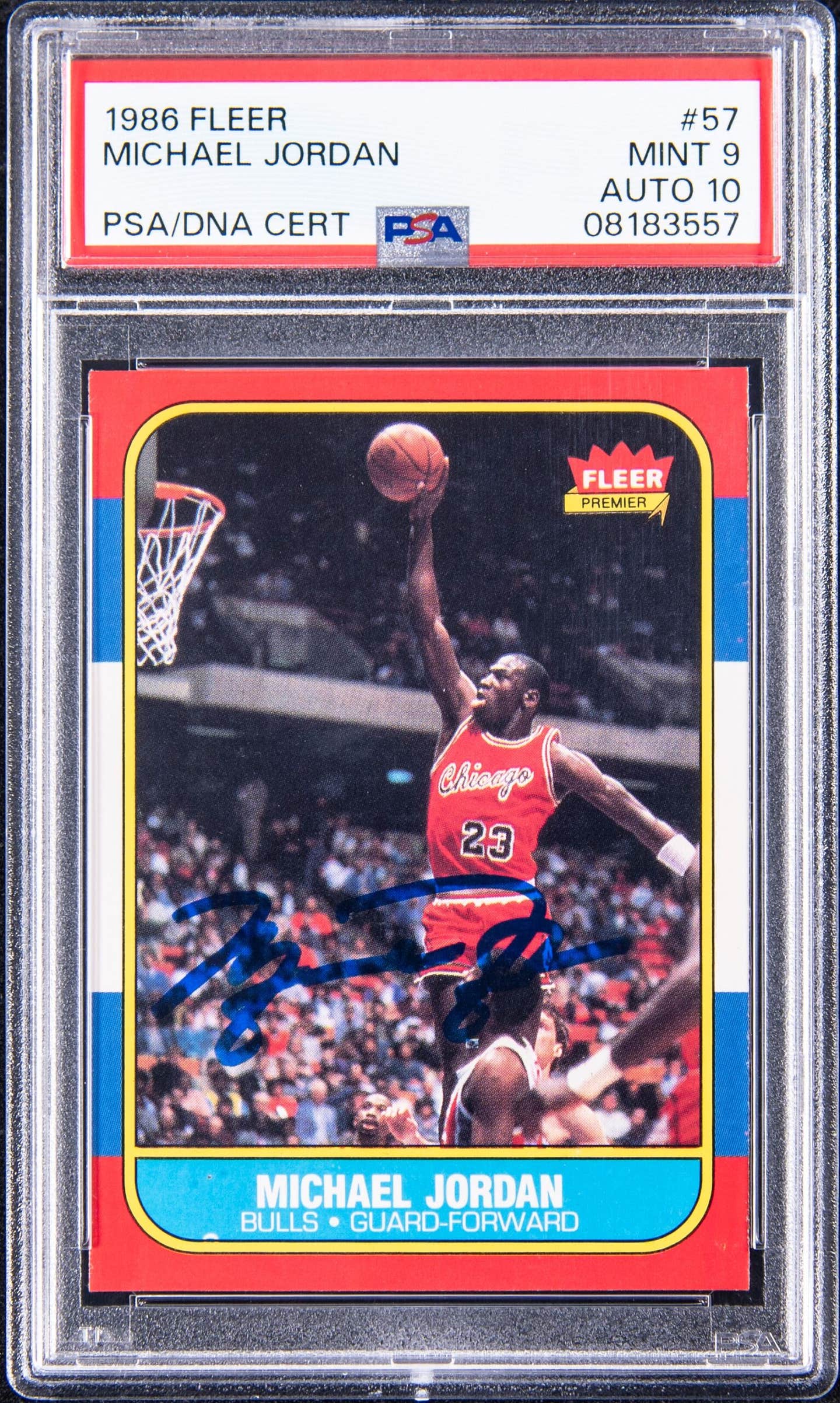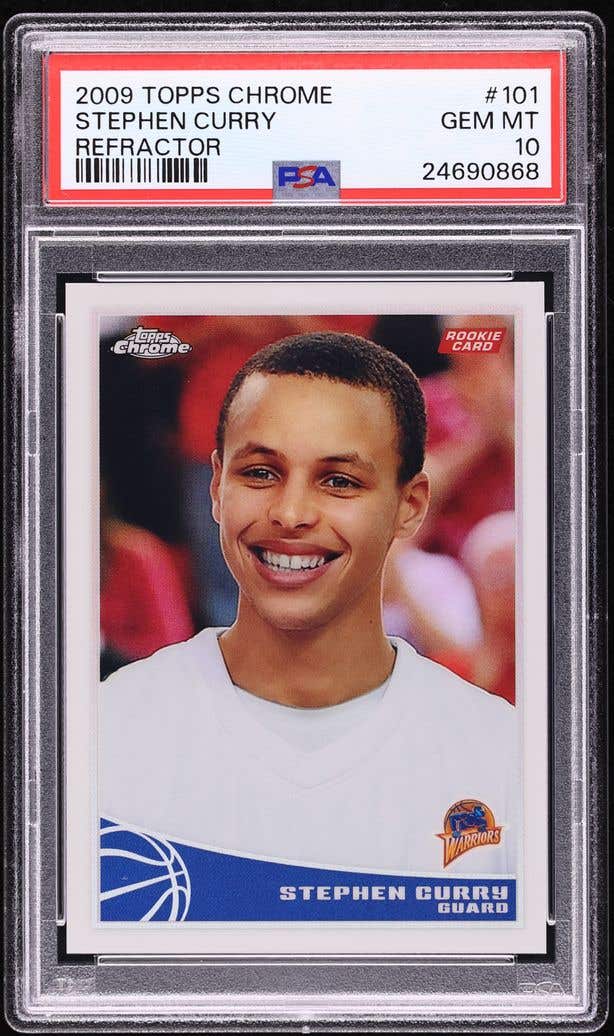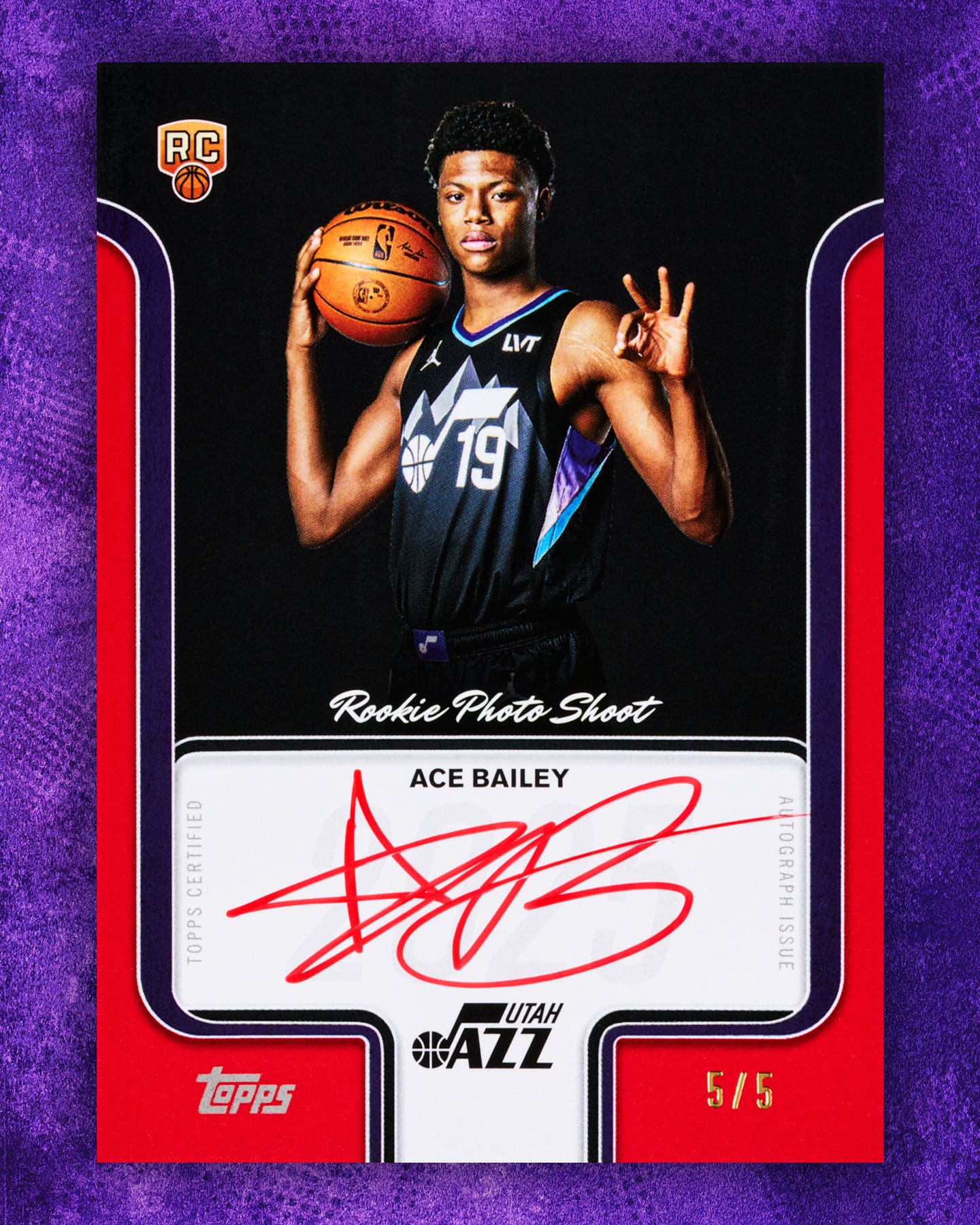News
Boston Braves reunion brings storied franchise to life
Two old second basemen shared the spotlight during the recent 16th annual reunion of the Boston Braves Historical Association.
Roland Hemond and Roy Hartsfield proved to be big hits with the more than 200 fans who attended the reunion banquet.
Hemond, of course, is best known as a team executive so talented that he was named the best at that position in the big leagues three times during his more than a half-century in baseball. He was attending the reunion to be inducted into the association’s hall of fame. In his acceptance remarks, he recalled that he had played second base in neighborhood games and in American Legion and high school ball.
Hartsfield, attending his first Boston reunion, was the Braves second baseman for three years, from 1950-52, and would have been at that position longer had it not been for some unusual health problems. But he later enjoyed a long career as a manager, mostly in the minors but also as the first skipper of the expansion Toronto Blue Jays.
An inspiring start
George Altison, the association’s business manager, and the event’s other planners then served up a surprise as the banquet began – a special greeting, via CD, by the legendary ballpark public address voice of the late Sherm Feller, in all its measured and slightly gravely cadence:
“Ladies and gentlemen, boys and girls, we would like you to rise and please sing as John Kiley plays our National Anthem.”
Led by Kiley’s spirited organ rendition, the crowd rose as one, and, with hands over hearts, saluted their country.
To fans of Boston sports, Kiley is not just an inspirational musician but also the answer to one of the region’s unique trivia questions: Who was the only person to play for the Red Sox, Bruins and Celtics? The answer, of course, is John Kiley who, as organist, played not just for the Red Sox at Fenway Park but also for the Bruins and Celtics when they called the old Boston Garden their home.
Roland Hemond
Hemond’s long life in pro baseball began in 1951 when he was hired by the Hartford Chiefs, then an Eastern League affiliate of the Braves.
“I was hired at $28 a week for the rest of the season once I got discharged from the Coast Guard,” Hemond recalled. “I showed up on July 3, and the rest is history. I must confess I was more of a Red Sox fan, but to get a job with the Braves was quite a thrill. Farm Director John Mullen was the one who interviewed me. He said, ‘Can you type?’ and I said, ‘Yeah, I learned to type in the Coast Guard.’ So he said they’d give a two-week tryout. Well, here I am 56 years later, still hanging around. So thank you, John Mullen.”
In his first baseball job, Hemond did just about everything – unlocked the ballpark in the morning, swept up litter from the previous game, got the concession stands ready, answered phones, sold tickets, served as the public address announcer and then locked up after the game.
It was in inauspicious start for a career in baseball that eventually led to executive jobs with seven big-league teams, three executive of the year awards, the Judge Emil Fuchs Award (for long and meritorious service to the game), many years as a mentor grooming other executives, a key role in creating the Arizona Fall League and Team USA’s participation in the Pan Am Games and Olympics and advocacy for baseball’s scouts and other non-uniformed personnel.
After spending the 1952 season with Hartford, Hemond moved with the team to Milwaukee before the ’53 season, and he was able to put the move – and the future of the Braves franchise – in perspective.
“I went to the reunion last month of the ’57 Braves in Milwaukee,” Hemond said. “It’s kind of dreadful in a way. If the Braves had stayed longer, with the club they had later in the decade, we would probably still have the Braves here in Boston today.
“Right after we moved to Milwaukee, Del Crandall came out of the service, Billy Bruton and Johnny Antonelli came forward, Eddie Mathews had hit 25 homers here his rookie year, then hit 47 in his first year there, and Spahnnie (Warren Spahn) kept going and going. (Lew) Burdette won those three World Series games for us in ’57, and he had been acquired for Johnny Sain by a great scout, Johnny Moore. That’s when I learned to have the utmost respect for scouts.”
And, of course, the great Hank Aaron was just a season away from the start of his 23 years as the game’s premier slugger.
Roy Hartsfield
Hartsfield, a second baseman for the team during its final three seasons in Beantown, returned to Boston for his first Braves reunion. He told of the unusual circumstances that led to his departure from the Braves and his shortened playing career. He then described his second career in the game as coach and manager.
“I loved it when I was here,” Hartsfield said. “I’m just sorry I didn’t get a chance to stay a little bit longer . . . But the Braves still were nice to me. I still get a few bubble-gum cards occasionally, and they usually enclose a stamped, self-addressed envelope along with the card. A lot of them ask me in their little notes they send, ‘Why didn’t you play longer on the major-league level? Your stats weren’t that bad.’ ”
Indeed, Hartsfield’s stats were pretty good – a .273 batting average in 265 games after the Braves’ big six-player trade with the Giants after the 1949 season that included Eddie Stanky and opened Boston’s second-base position for the Georgia native.
What cut Hartsfield’s career short was a health problem resulting from a severe case of heat prostration he suffered in the minors.
“The doctor said, ‘You’ll never be the same anymore in the heat.’ To make a long story short, Doc Lacks and I spent hours after a lot of Sunday doubleheaders in the clubhouse, me lying flat down on the training table because if I moved I’d get another cramp. It got to the point where I couldn’t play doubleheaders. I’d have to leave around the fourth inning. They didn’t pay two salaries for one job in those days. They may now, but not then. Naturally, I didn’t want to lose a job, but it eventually caught up with me.”
After the ’52 season, Hartsfield was traded to the Dodgers, but he soon began to realize that his playing days in the majors were over. He did play five years in the Dodgers minor-league system, until Fresco Thompson, the Dodgers’ general manager, offered him a managing job at Des Moines in the Class-A Western League.
Other Braves legends
Among other former players joining Hartsfield at the reunion was Johnny Logan, the team’s shortstop from 1951 to ’61. He’s been a regular at the Braves Boston reunions and also was a leader in the formation of a similar Braves organization in Milwaukee a few years ago. That group celebrated a major milestone in 2007, the 50th anniversary of the team’s 1957 World Series championship.
Logan quickly brought Hartsfield back into the conversation.
“Roy Hartsfield, you’re outstanding,” he said. “You were my first second baseman (in Boston). I was surprised you really didn’t get the opportunity with the Boston Braves. Logan and Hartsfield were pretty good.”
Logan also paid homage to his big-league roommate, Sibby Sisti, the popular “Super Sub” who had been a regular at BBHA reunions until his death last year. Sisti played 13 seasons for the Braves in Boston and Milwaukee.
Al Dark, the rookie-of-the-year shortstop for the Braves’ 1948 pennant winners, returned for his third Boston reunion. He had been the centerpiece of the big Braves-Giants deal after the ’49 season, and he spoke of his feelings about the city where his big-league career began.
“It’s a great honor for me to be here,” Dark said. “I think the reason is that when you have success with the first ballclub on which you played, it’s a little deeper feeling. When I played for the Giants, we were in three World Series, so I had more success there; but I really enjoy being here in Boston. It’s a great honor, and it tickles me to death that all of you guys my age come up and tell me all the good things I did and none of the bad . . . I’m glad that when we get to be our age, we have short memories.”
Others on hand included Joe Morgan, the Walpole, Mass., native who is a former Braves infielder and Red Sox manager. Morgan also served as master of ceremonies, along with BBHA stalwart Sal Wisnia. Art Johnson, the lefty pitcher from Winchester, Mass., who spent three seasons with the Braves in the early 1940s, was also in attendance, as was Norm Roy, a right-handed pitcher from Waltham, Mass., who was reunited with Hartfield who had been his car-pool mate during the 1950 season. Former Red Sox pitcher Bill Monbouquette and infielder Ted Lepcio; Charlie Chronopoulos and Tommie Ferguson, batboys for the 1948 pennant winning Braves; and Mary Pratt, the North Quincy, Mass., native who pitched in the All-American Girls Professional Baseball League, also attended.
Among others were Beverly St. Pierre, daughter of the late Ralph McLeod, an outfielder with the 1938 Braves; Midge Landry, niece of the late “Skippy” Roberge, the Braves infielder of the 1940s; and Adacie Allen, the long-time season-ticket holder who cheered for the Braves as one of “Lolly’s Girls” alongside legendary fan Lolly Hopkins.
Among the former players expected to attend, but unable to make it, was Steve Kuczek, a former infielder who had an unusual career with the Braves. He had a perfect 1.000 batting average, yet never played in the field. In 1949, Kuczek had been in the minors until a late-season call-up, and he saw unexpected action during a September 29 game. He was sent up to pinch-hit for Connie Ryan, the veteran Braves infielder who got thrown out of the game for wearing a raincoat in the on-deck circle to protest the umps’ decision to continue to play despite a continuing rainstorm. Kuczek slammed a double off the Dodgers’ Don Newcombe, but never had a chance to play in the field. He was stranded on second base as Newcombe struck out the side, and then the umps finally called the game after five innings.
Assisting Altison with the reunion planning were his fellow BBHA committee members of Wisnia, Bob Brady, Mort Bloomberg, Jonathan Fine, Dave Goodwin and Gary Mastas. Ralph Evans once again provided his fact-filled tour of the area that once was Braves Field, which was a special trill for Hartsfield, who hadn’t been back to Boston in 55 years.
Artist Mark Waitkus created a color painting of Johnny Sain, the great Braves pitcher who died during the past year.
The painting became the cover of the 16th reunion program. And artist/illustrator Ronnie Joyner created a biographical portrait of Hemond, which was distributed at the event.
Altison, a BBHA founder who has been the leader in keeping the organization going, said only 39 former players remain from the Braves’ Boston era. He also said he and others in the organization are delighted that Billy Southworth, who managed the 1948 Braves to the National League pennant, has been elected to the National Baseball Hall of Fame by the 16-member board of the Veterans Committee.
Also on the committee’s nomination list as managers were former Braves infielders Gene Mauch and Danny Murtaugh.
Arnold Bailey is a freelance contributor to SCD.‘The Hammer’ loved the ‘Launching Pad’




